Social welfare is not new, and simple material donations can never solve the real problem of poverty. In the "change cinema" project launched by Huayi Brothers Charity Foundation, we discovered the local embroidery culture in Ninglang County, Yunnan Province, which is an intangible cultural heritage craft that is in urgent need of inheritance and protection. Such non-heritage handicrafts and children's creations exist in many poor areas of China. The goal of this project is to turn children's embroidery and paintings into commodities, and gradually try to introduce systematic IP copyright development, operation and transformation mode into the protection and inheritance of these excellent traditional cultures, so as to reshape the vitality of intangible cultural heritage.
Embroidery and paintings carry children's hopes, but the gap between cultural handicrafts and commodities cannot be ignored. Products use commercial design thinking to empower public welfare, incubating the "three flavors of childhood" series of public welfare derivatives. It means that childhood has three flavors, dreams, fun and inheritance.
System Selection: The Lifeline of Design Series Derivatives
According to the strategic needs, we divide this derivative into: exclusive collection category, consumer goods category, brand consumption category.
Exclusive collection of derivatives, directly take children's original embroidery as the protagonist, and a practical high premium handicraft to do grafting. We chose a solid wood cosmetic case-it greatly improves the value of embroidery tablets. At the same time, the products are suitable for overlapping people and auctioneers, and are also suitable for the production of a very small amount of single products in terms of technology.
For derivatives of consumer goods, we have chosen low-cost and high-margin categories, such as key chains, canvas bags, caps, T-shirts, luggage tags, pen bags, etc. This derivatives line is also the main line of future derivatives expansion.
The brand consumption category includes handbags and packing boxes. It embodies the team's minimalist design and the idea that less is more: minimize packaging, no extra decoration, but it can reflect advanced texture and can be reused in environmental protection.
Commercial Design: The Cognitive Gap Is a Hard for Handicraft Realization
One of the important missions of designers is to connect user demand and product supply. If the goods provided by manufacturers and merchants only stick intangible cultural heritage pictures on the products, or sell traditional folk handicrafts directly to consumer goods, this cannot meet consumer demand. The most obvious side effects are "good-looking, but not easy to sell" and "good-looking in tourist attractions, but out of place to buy home".
This is actually a matter of cognitive divide. What consumers want is not a mechanical copy of intangible cultural heritage, but a product that can really match the current era. Therefore, in this design, we uphold the design tenet of "the most fashionable expression of traditional culture", cleverly cross this cognitive gap, and let intangible cultural heritage and children's creation enter the homes of ordinary people.
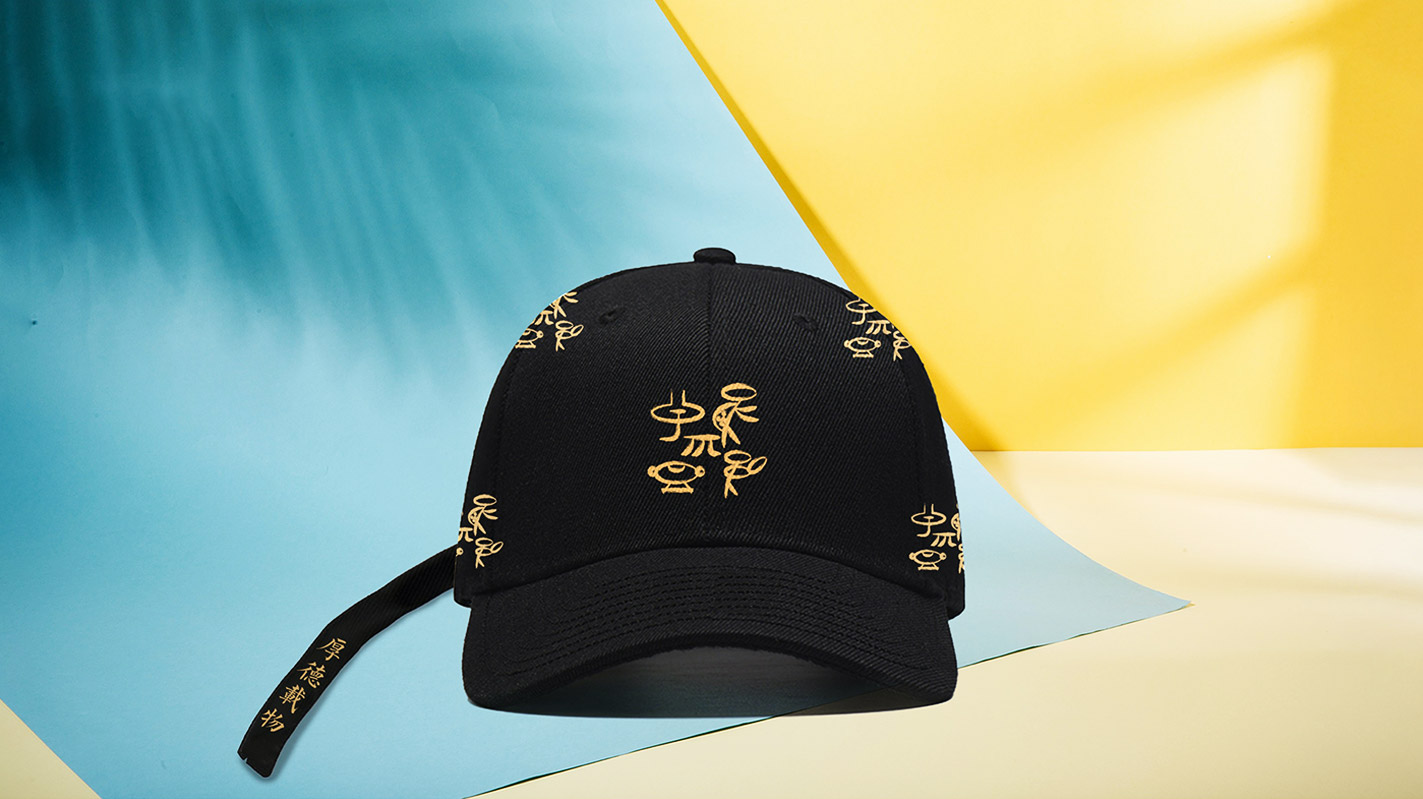


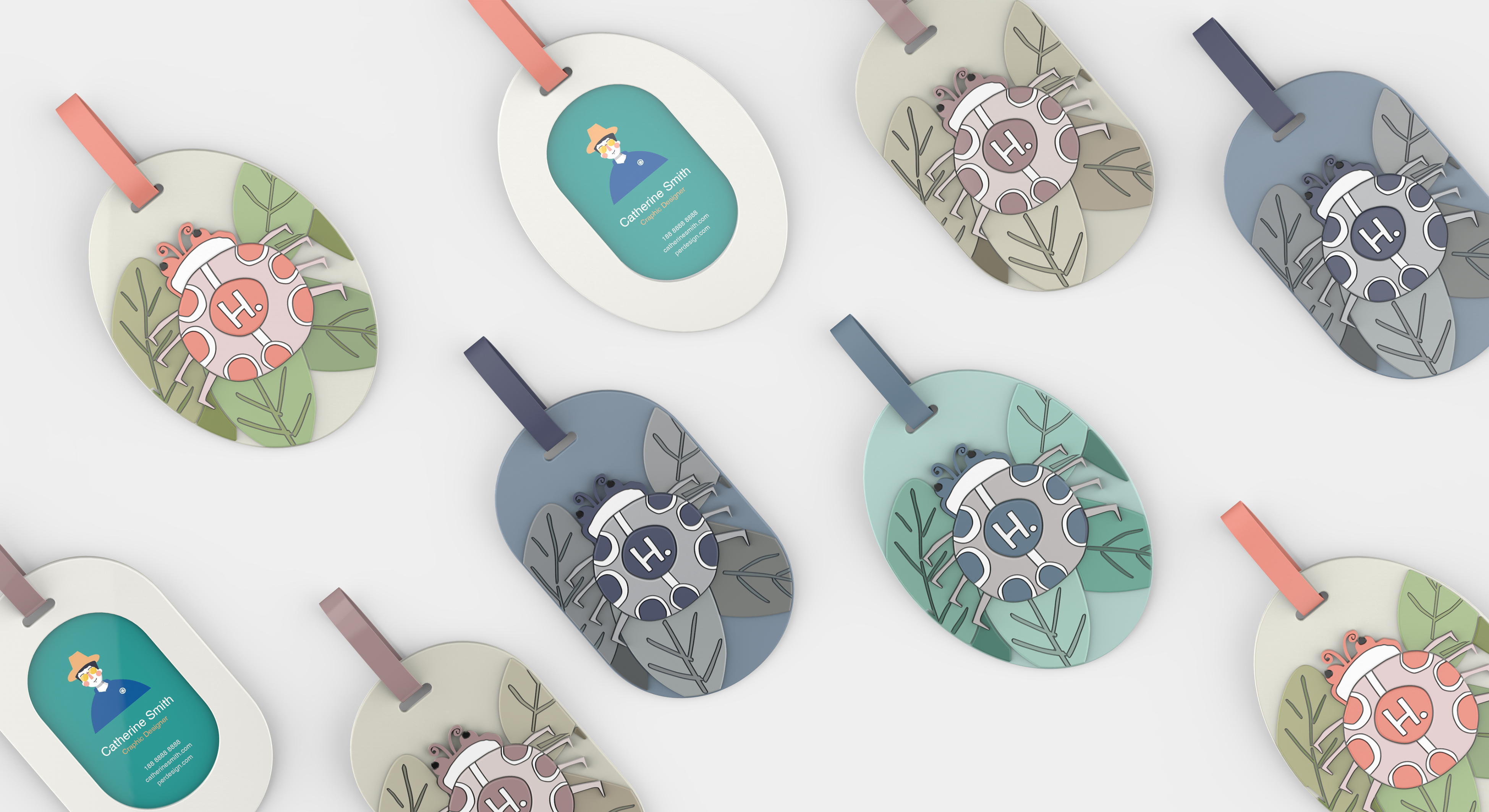
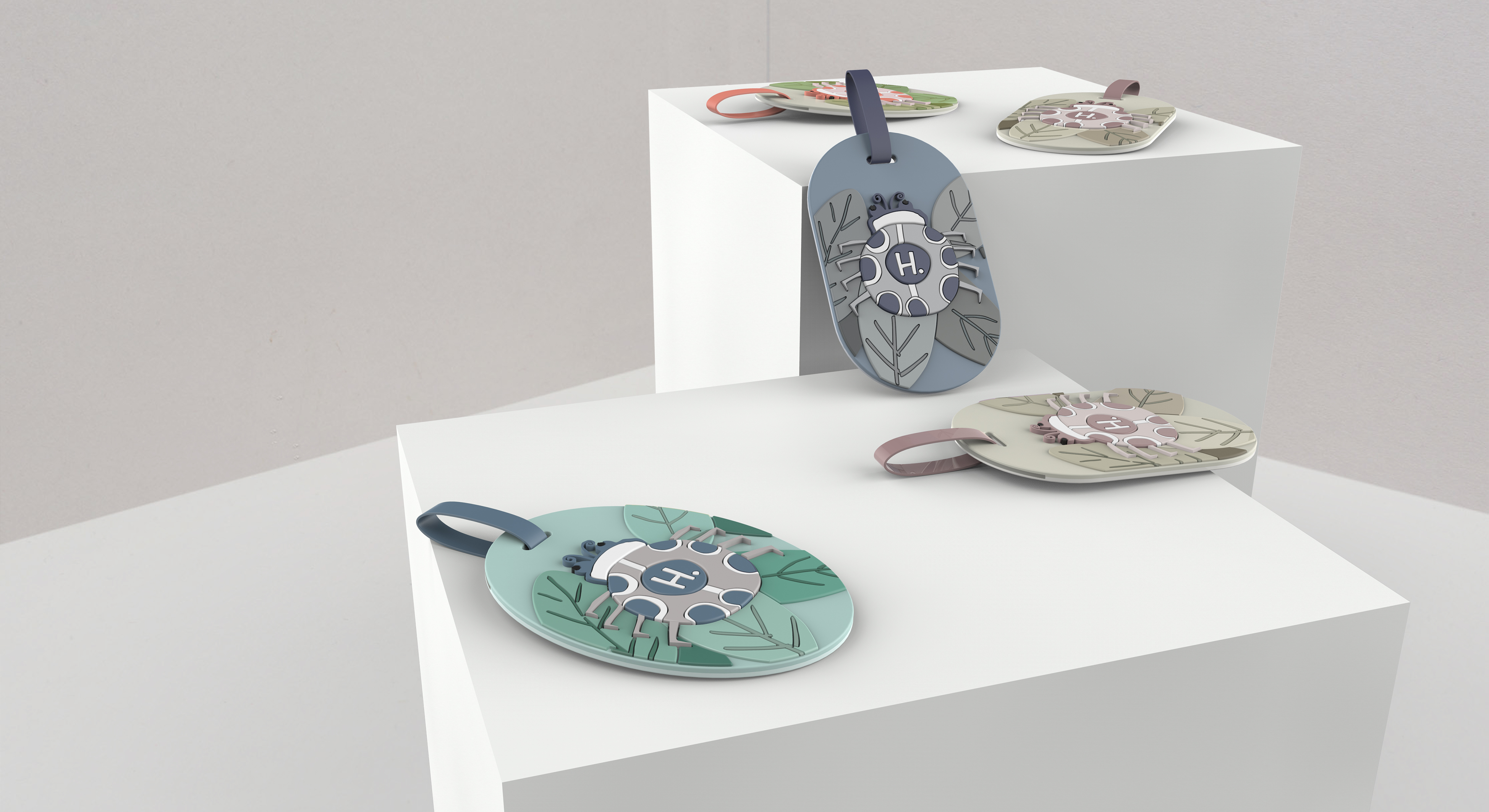
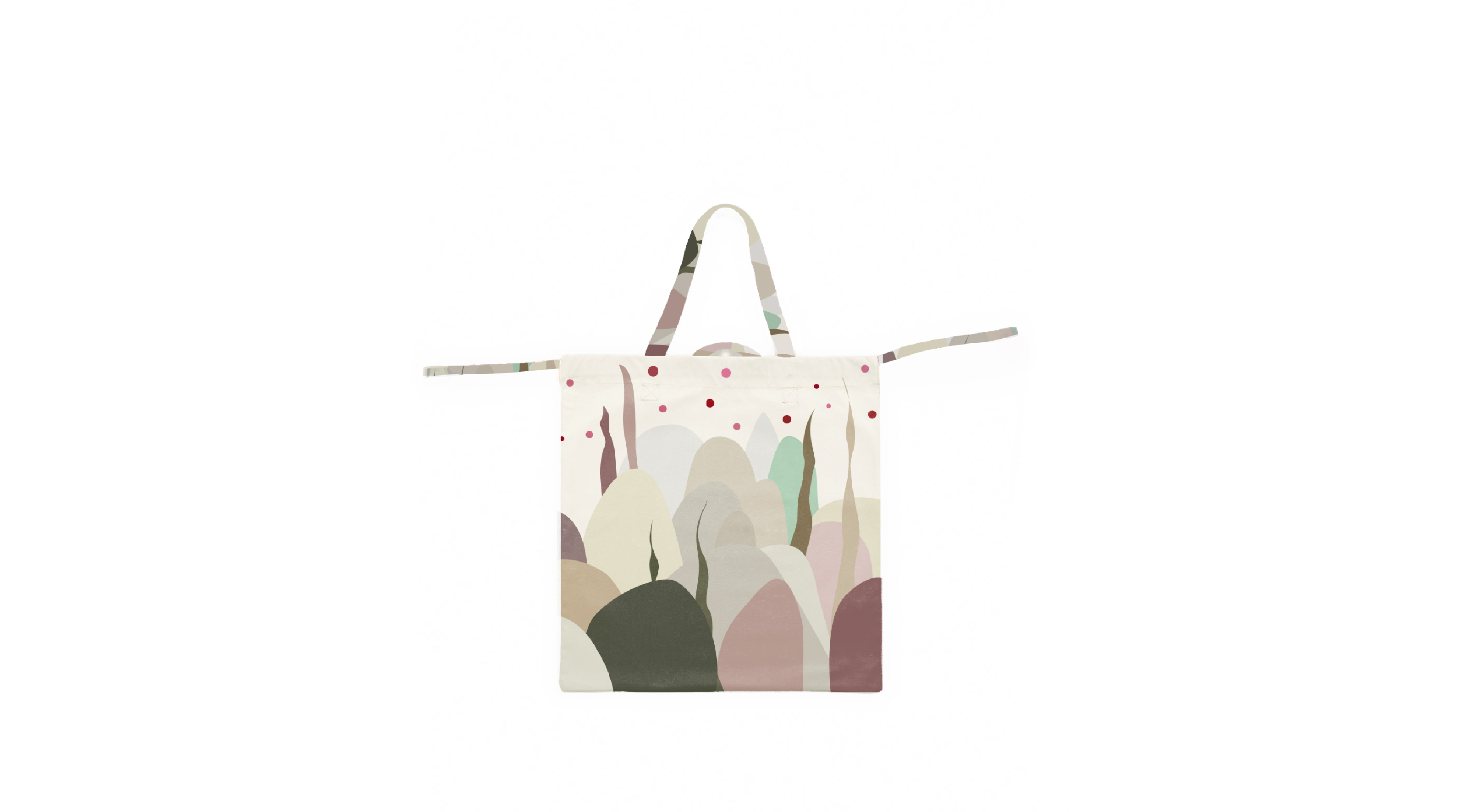

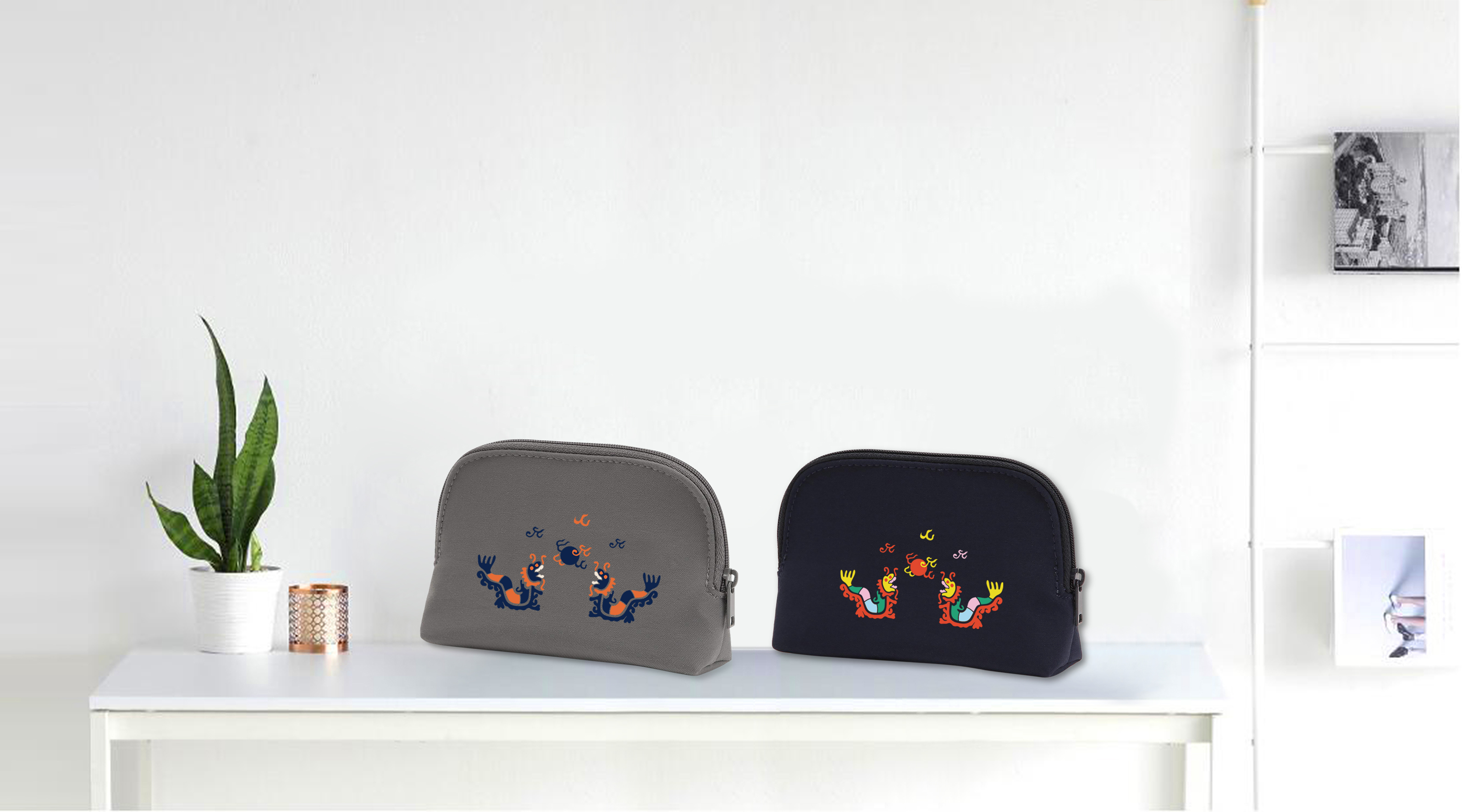

The copyright of this work belongs to 品物设计. No use is allowed without explicit permission from owner.

New user?Create an account
Log In Reset your password.
Account existed?Log In
Read and agree to the User Agreement Terms of Use.

Please enter your email to reset your password
Is that a badge under the hat? Or what?
What IP is this?